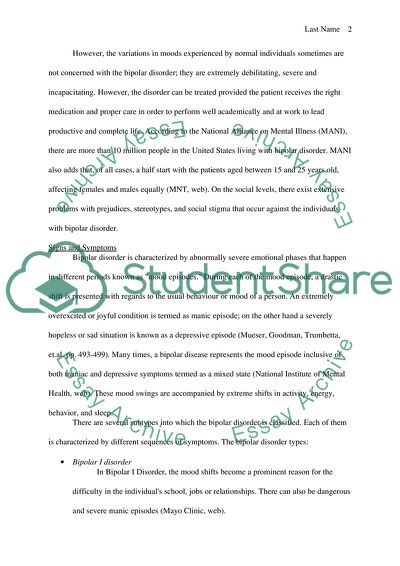Cite this document
(Bipolar Disorder Coursework Example | Topics and Well Written Essays - 3500 words, n.d.)
Bipolar Disorder Coursework Example | Topics and Well Written Essays - 3500 words. https://studentshare.org/health-sciences-medicine/1812218-research-paper-on-bipolar-disorder
Bipolar Disorder Coursework Example | Topics and Well Written Essays - 3500 words. https://studentshare.org/health-sciences-medicine/1812218-research-paper-on-bipolar-disorder
(Bipolar Disorder Coursework Example | Topics and Well Written Essays - 3500 Words)
Bipolar Disorder Coursework Example | Topics and Well Written Essays - 3500 Words. https://studentshare.org/health-sciences-medicine/1812218-research-paper-on-bipolar-disorder.
Bipolar Disorder Coursework Example | Topics and Well Written Essays - 3500 Words. https://studentshare.org/health-sciences-medicine/1812218-research-paper-on-bipolar-disorder.
“Bipolar Disorder Coursework Example | Topics and Well Written Essays - 3500 Words”. https://studentshare.org/health-sciences-medicine/1812218-research-paper-on-bipolar-disorder.


